The Power Of Habit By Charles Duhigg Book Summary
Today I am going to tell you about an interesting book. The name of this book is The Power of Habit written by Charles Duhigg.
Charles is an American-born author and also an award-winning New York Times business reporter. He was a student at both hale and Harvard University.
While writing this book running every morning Charles almost lost 15 kg of weight and made significant improvement in his productivity.
Charles had discussions and observations with a U.S. military major, Who told him that understanding habits, during his military career was the most important thing he learned.
Then Charles wrote smarter faster better and also explained the science behind productivity.
The power of habit is an interesting take on what habits are and for a person, organization and society can be molded, given a new form, and changed.
This book not only focuses on work-related habits but also on personal habits therefore it is ideal for all those, who are interested in changing their lives whether it is personal or professional.
In this summary, we will learn Charles’s explanation of habits and how new habits can be developed. Three main points are covered in this book, which we will understand in detail.
1}. Habits of individuals
2}. Habits of organizations
3}. Habits of Societies
Hopefully, by the time, you have finished this summary you will have a framework, to shape mold, and change your habits. So let’s understand these habits in detail.
1}. Habits of individuals
What habits are and how do they work? Researchers claim that habits arise because the mind is constantly trying to find a way to conserve effort.
The brain tries to make every routine a habit because habits help our brain save energy. This habit of saving efforts is advantageous for the brain.
Charles says that once a habit is well established the brain does not take much time to taking the decision in that matter. At this time it takes rest or starts to work on some other tasks.
What happens, happens by itself you start to do any task without much thought. And this continues unless you deliberately change the habit.
Habits are here to remain the same they don’t go anywhere because they are deeply encoded in the brain. He explains that this has actually a huge advantage.
Here problem is that the brain can’t differentiate between which habits to maintain and which habits to drop.
Therefore you find yourself trapped in bad habits even when you think you can overcome them. Nevertheless, that habit can resurface at any time.
Although this may seem favorable our brain depends on this automation and it can also be harmful to our lifestyles. Habits may also work as a curse rather than give a benefit.
Can we make new habits? For forming new habits Charles emphasizes the importance of having a sign or cue.
It’s been proved through many studies that for those who have implemented a new rule the chances to follow that rule increase when they follow a specific cue.
Cues are something that triggers the habit.
For Example; For someone, this could be a cue that as soon as return home, you start running. When you see a blue lamp in your room, you’ll begin to work.
2}. Habits of organizations
A keystone habit is something that has the power to influence how we eat, play, live to spend money, and communicate.
Charle explains the importance of keystone habits and their ability to encourage a chain reaction. This is very helpful in organizations and business places.
In time, your habits transform everything. The habits that matter most, when they start to shift give space for forming other patterns.
Charles uses an exercise to explain keystone habits. If you had made a decision to exercise every day you’ll find that over time other areas of life will begin to change as well.
If you’ve started exercising chances are you’ll start to be healthier. And this will also impact your work you’ll be more productive and feel less stressed.
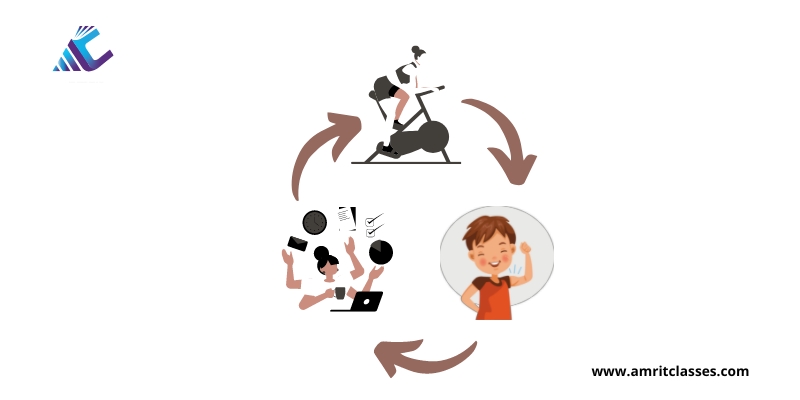
Charles explains that the most effective keystone habit necessary for success is willpower. Many people believe that willpower is something that either you have or you don’t have.
But the reality is it’s something that can be learned or taught. Think of willpower as muscle something that needs exercise in order to get stronger.
Willpower is a skill that can be taught. You can turn willpower into a habit. When you make a decision and follow it, you activate your willpower.
3}. Habits of Societies.
In any job, weak ties with acquaintances are often more important than strong friends. Weak relations give us access to social networks where we don’t belong.
Weak ties acquaintances the people we meet once every six months are the ones who tell us about job openings we would not otherwise hear about.
It’s this power of weak ties that exemplifies, which can transform a social group into a social protest movement. The social movement has the power to convince thousands of people.
Due to this unwillingness, activists encourage protest through a simple tool that works even for the people who were not willing to be part of it initially.
It’s a form of encouragement that neighborhoods and communities put upon themselves.
Peer pressure it’s hard to pinpoint any peer pressure as it comes in different forms and is applied to different people in ways. It’s about the individual and how to remove or receive peer pressure.
The author explains that these social habits aren’t of a fixed pattern as habits of different people lead them in different directions. Despite differences, peer pressure shares a common feature.
The fact is the way they are most commonly distributed is through weak ties. Peer pressure can be dangerous on a child’s level in the playground.
When you are an adult the same peer pressure stimulates your business and keeps society organized. Without it, things would remain the same and nothing would ever happen.
Habits are what cause difficulty with performing something for the first time. Do it more and more.
If you believe in yourself that you change something then you can make it into a habit and then this change becomes your life. And that’s where the power of habit lies.
You have to choose what your habits are and how they work. Change is not easy, and they are not often simple. But with time and effort almost any habit can be reshaped.
The habit framework.

Identify the routine, experiment with rewards, and isolate the cue always have a plan.
Habits are not truly forgotten; they’re self-sustaining in the depths of your mind. If you don’t call on them, they will return to your life.
The crucial step in creating new habits is creating a craving in the brain. Habits are of the utmost significance for organizations and businesses.
Keystone habits influence other patterns of behaviors and habits.
To conclude;
I hope, with this book, you can develop some new habits, which would help in your life. If you think this book can help others in life then share it with everyone.
Top Quotes from The power of Habit Book:
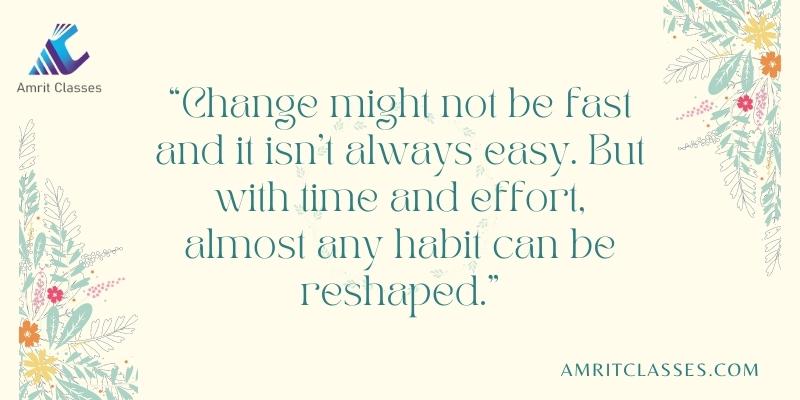
“Change might not be fast and it isn’t always easy. But with time and effort, almost any habit can be reshaped.”
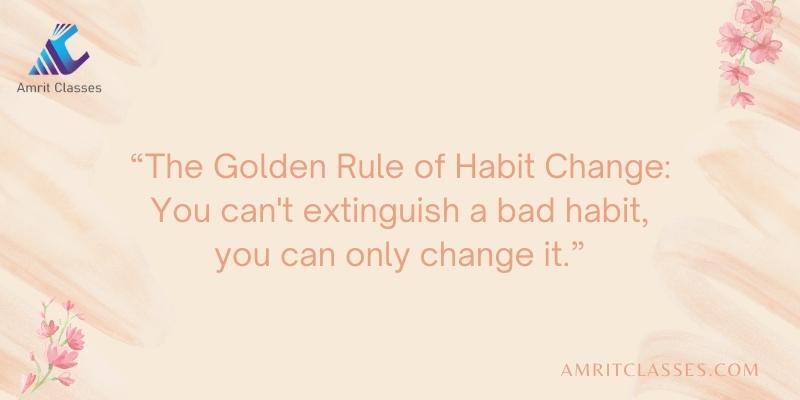
“The Golden Rule of Habit Change: You can’t extinguish a bad habit, you can only change it.”
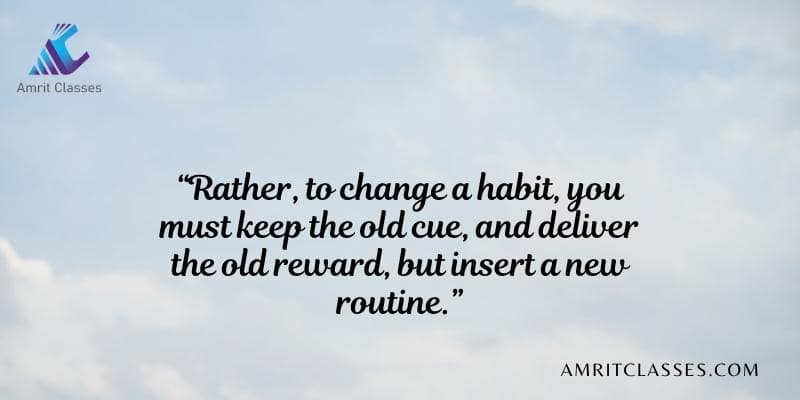
“Rather, to change a habit, you must keep the old cue, and deliver the old reward, but insert a new routine.”
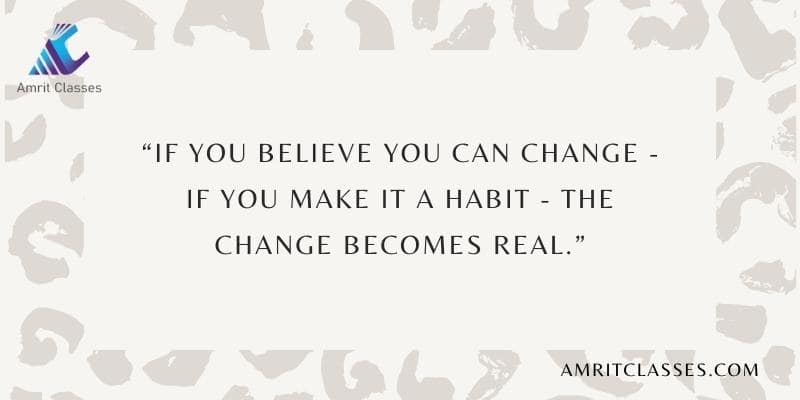
“If you believe you can change – if you make it a habit – the change becomes real.”

“This is the real power of habit: the insight that your habits are what you choose them to be.”

“THE FRAMEWORK: • Identify the routine • Experiment with rewards • Isolate the cue • Have a plan”

“Companies aren’t families. They’re battlefields in a civil war.”
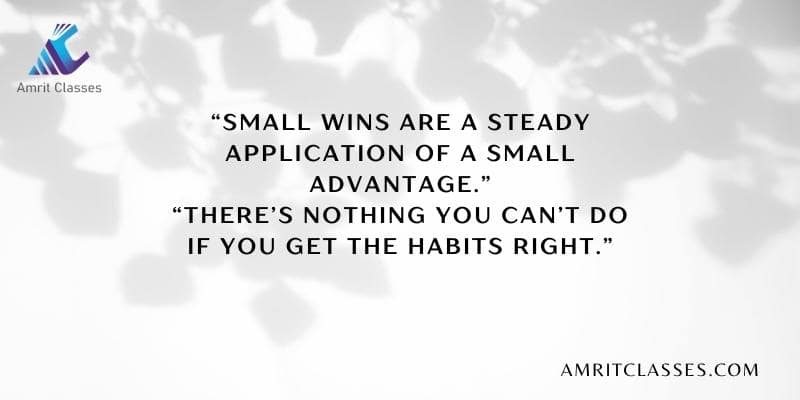
“Small wins are a steady application of a small advantage.”“there’s nothing you can’t do if you get the habits right.”




Summary of 5 AM Club Book by Robin Sharma
April 25, 2023 @ 6:01 am
[…] To understand more about habit you can also read our book the Power of Habit. […]